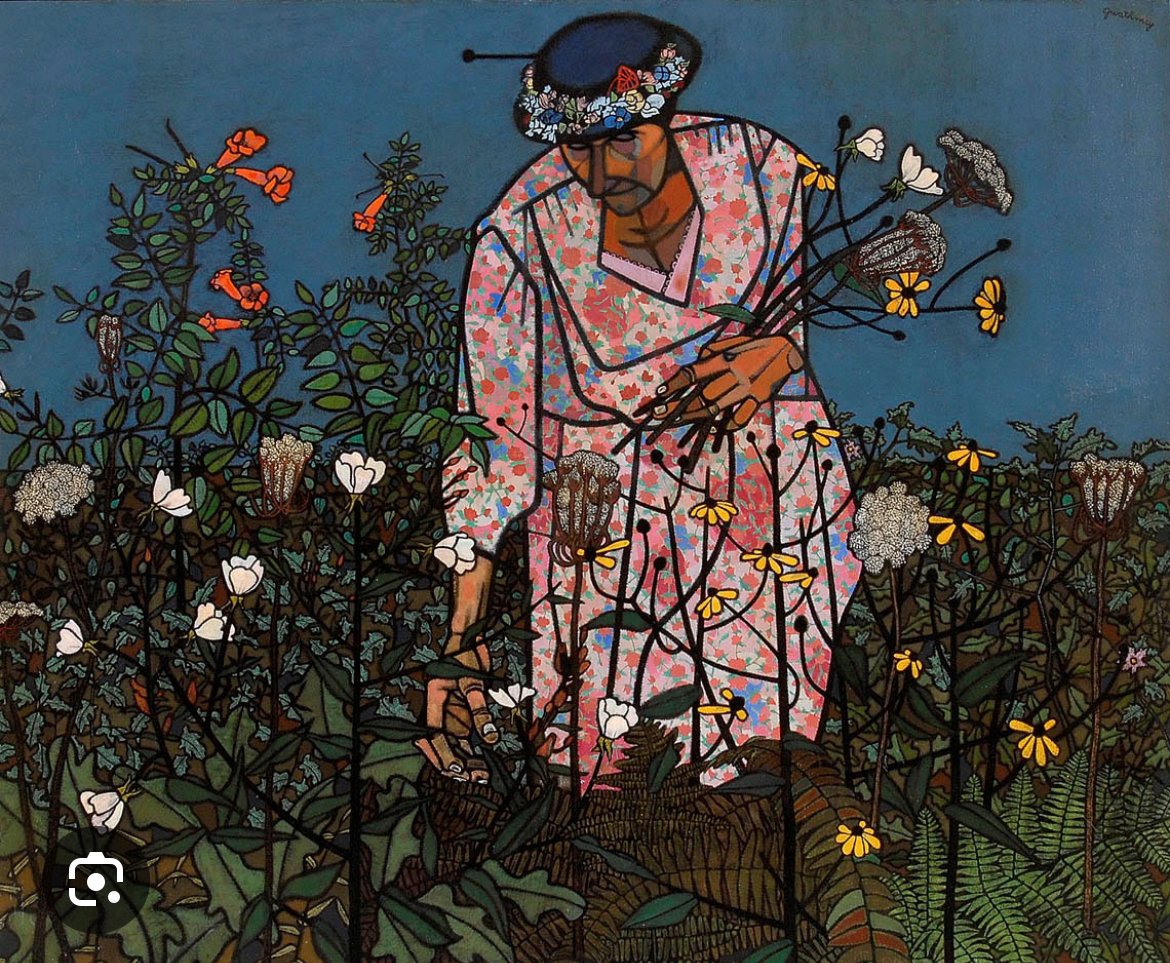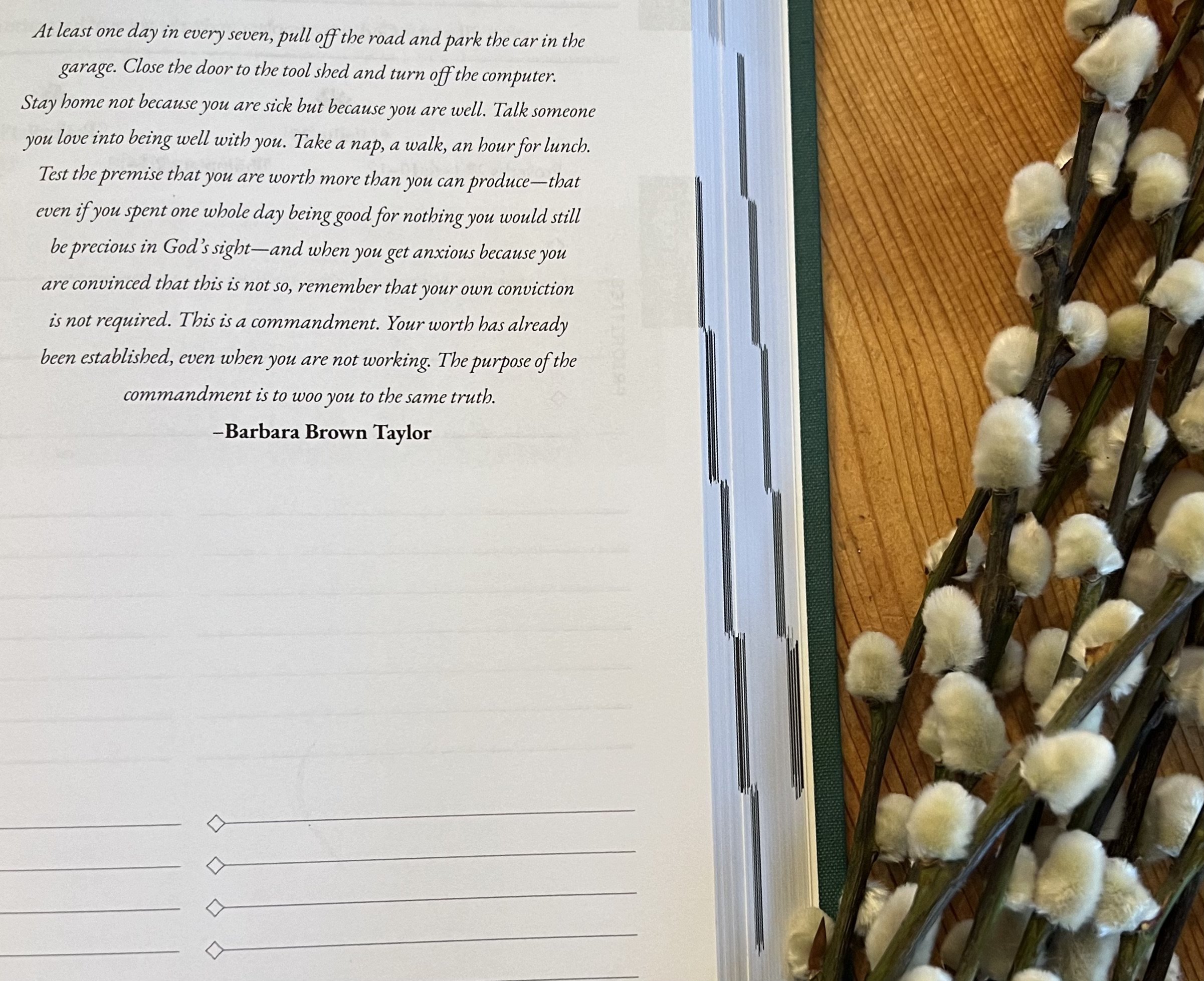Rest is so much more than Sabbath, but that’s a good place to begin.
Flowers.
I wonder when you buy them, bring them, receive them, or plant them?
A few years ago, I started bringing them to Sabbath. It was something Lauren Winner wrote in Mudhouse Sabbath, a memory from her days worshiping in the Jewish tradition about treating the Sabbath as a Queen.
She quoted from Nan Fink’s memoir “Stranger”,
Shabbat is like nothing else. Time as we know it does not exist for these twenty-four hours, and the worries of the week soon fall away. A feeling of joy appears. The smallest object, a leaf or a spoon, shimmers in a soft light, and the heart opens. Shabbat is a meditation of unbelievable beauty.
This small practice of beholding beauty on the day of Jesus’ resurrection is proving so significant to me, I find myself repeating it and inviting you to join me. I might buy a bunch wrapped in parchment paper at the grocery store or our local farmer’s market, clip them from my backyard, or forage them on a woodsy walk.
I didn’t realize it at first, but bringing flowers to Sabbath has helped me mark and enter the rest of God on a regular rhythm. I was embodying this painting by Robert Gwathmey. I felt dipped in stillness, goodness, beauty and butterflies.
But it took me a while to get to flowers.
First, I had to practice saying no.
I began with decluttering my Sunday of chores, to-do’s, running around, prepping for the week ahead - anything that kept me spinning my world and let my heart rate slow, relax into God’s heart, to see and hear things differently, to recenter my life in God’s provision.
The question became, what if I practiced letting God rule my world just one day per week? How would that change me? First, I had to explore the territory Episcopal priest and writer Barbara Brown Taylor writes of,
When I was a parish minister there was no hope of remembering the sabbath, at least not in the Hebrew sense of resting from my labors. If I wanted a sabbath,I had to make it a moveable feast.
Often it was a Friday, or a Monday, when I turned off the ringers on all my telephones and spent the day in solitary pursuits. It remained a work day, however. I did laundry. I wrote sermons. I balanced the checkbook.
As much as I craved a true sabbath, I did not believe I could afford one. There was so much work to be done. If I did none for one day, then there would be twice as much the next day.
Barbara Brown Taylor
After some practice with what I wanted to clear out, then I could get to the deeper parts of Sabbath.
Barbara Brown Taylor again,
[I finally decided], one day a week, I would lie back in God's arms.
One day a week, whether or not my work were done, I would live as if I were free.
It was that “lie back in God’s arms and live as if I were free” feeling that I was after, that I finally came to see God had planned for us all along. It has something to do with trusting Him and his goodness, beauty and truth.
I recently preached a sermon on Hebrews 4 where I explored the rest of God as exploring and maturing our Sabbath practice, listening to God, coming into His presence. I called it “Entering the Rest of God” (or will you let it enter you?).
Sabbath is a good place to start. Yet the rest of God is so much more than a once-a-week pause. We are continually invited into the holy presence of God by the work of his beloved Son, Jesus.
Listen for my Sabbath journey and the qualities of R.E.S.T.
R ightsizing us and God
E ternal and Embodied
S anctified
T urn Toward God Today
If you want to read deeper into the resources I used when prepping for this sermon on letting the rest of God enter you, click the links in the photos above. Then begin where you are and enjoy entering the rest of God with a slow cadence and abundant beauty.





